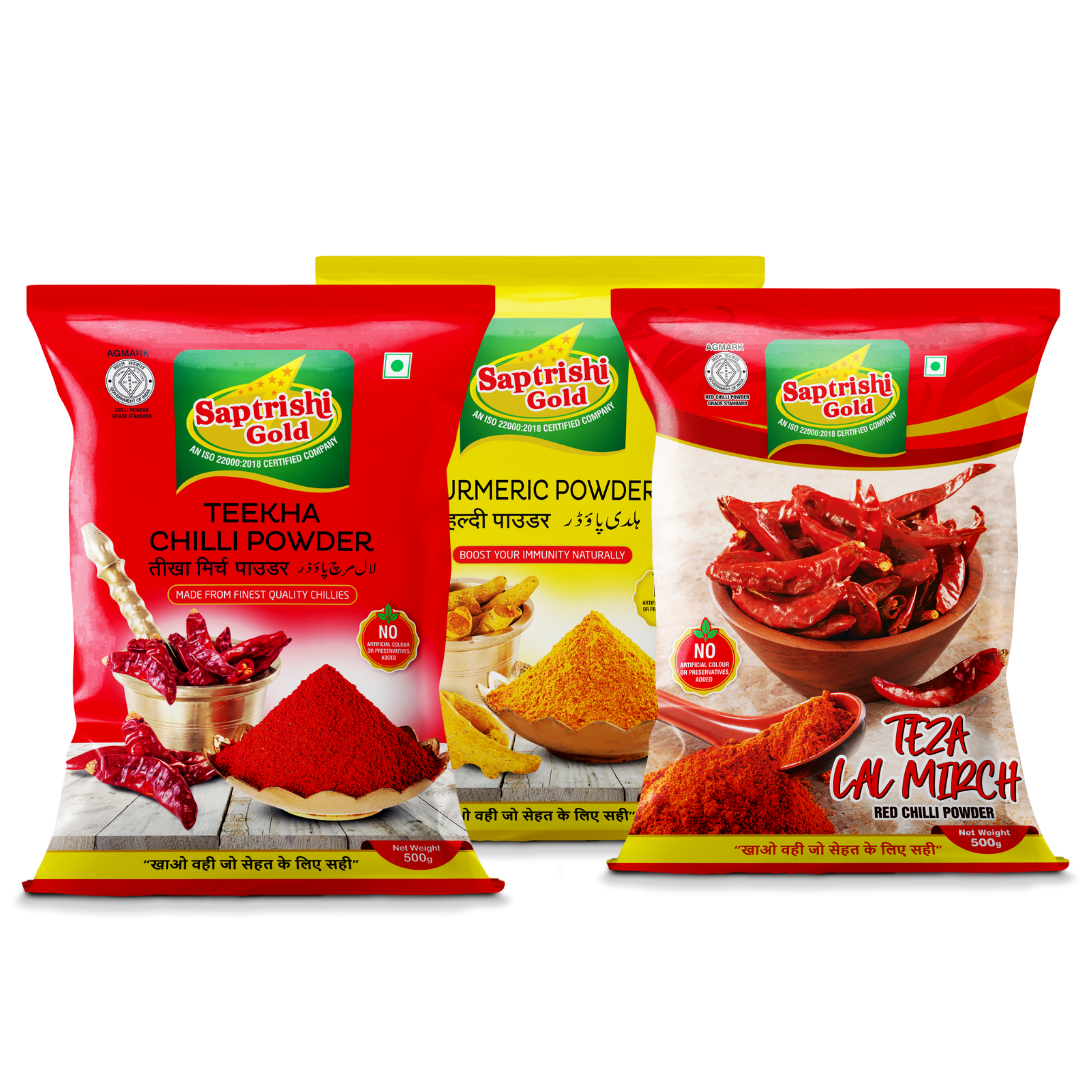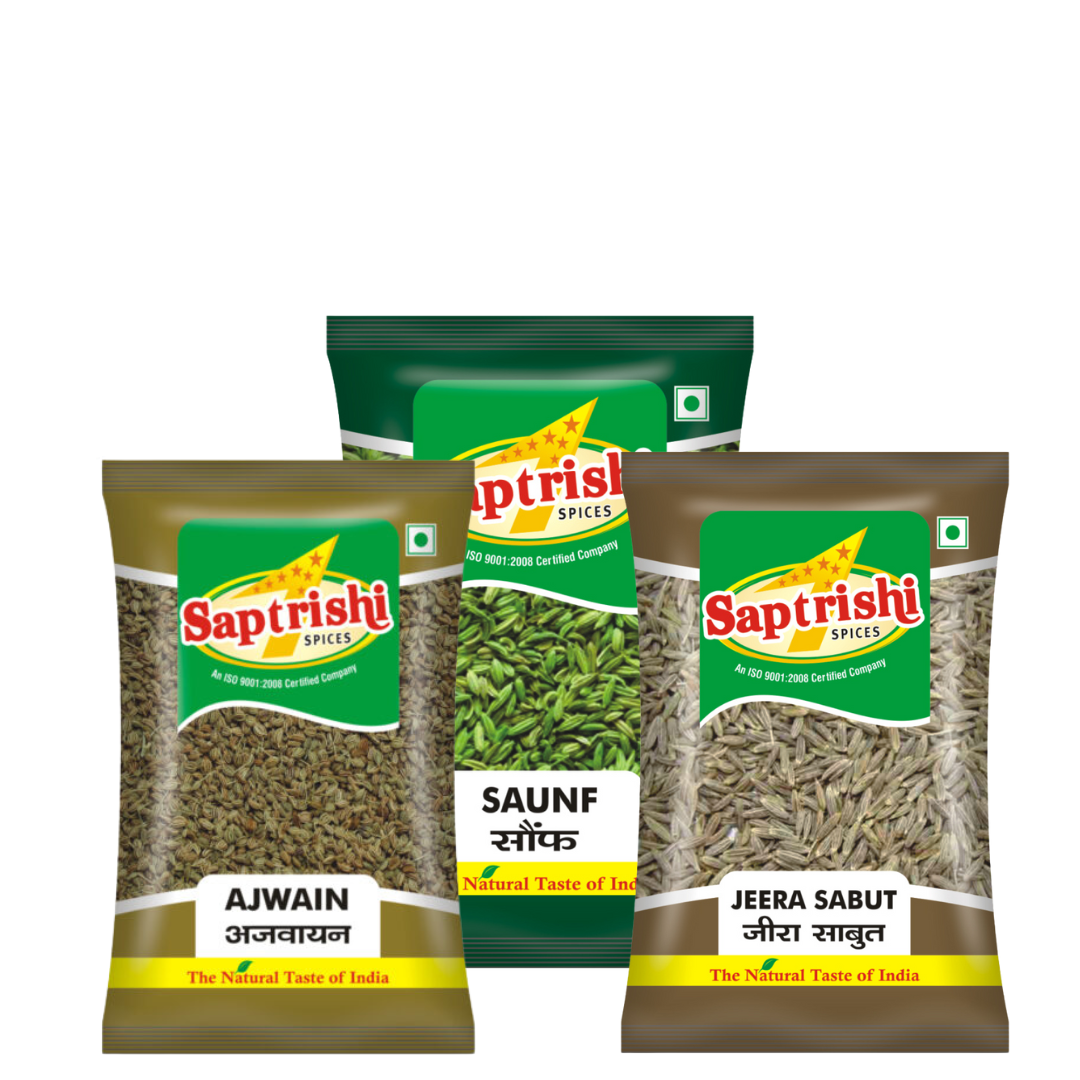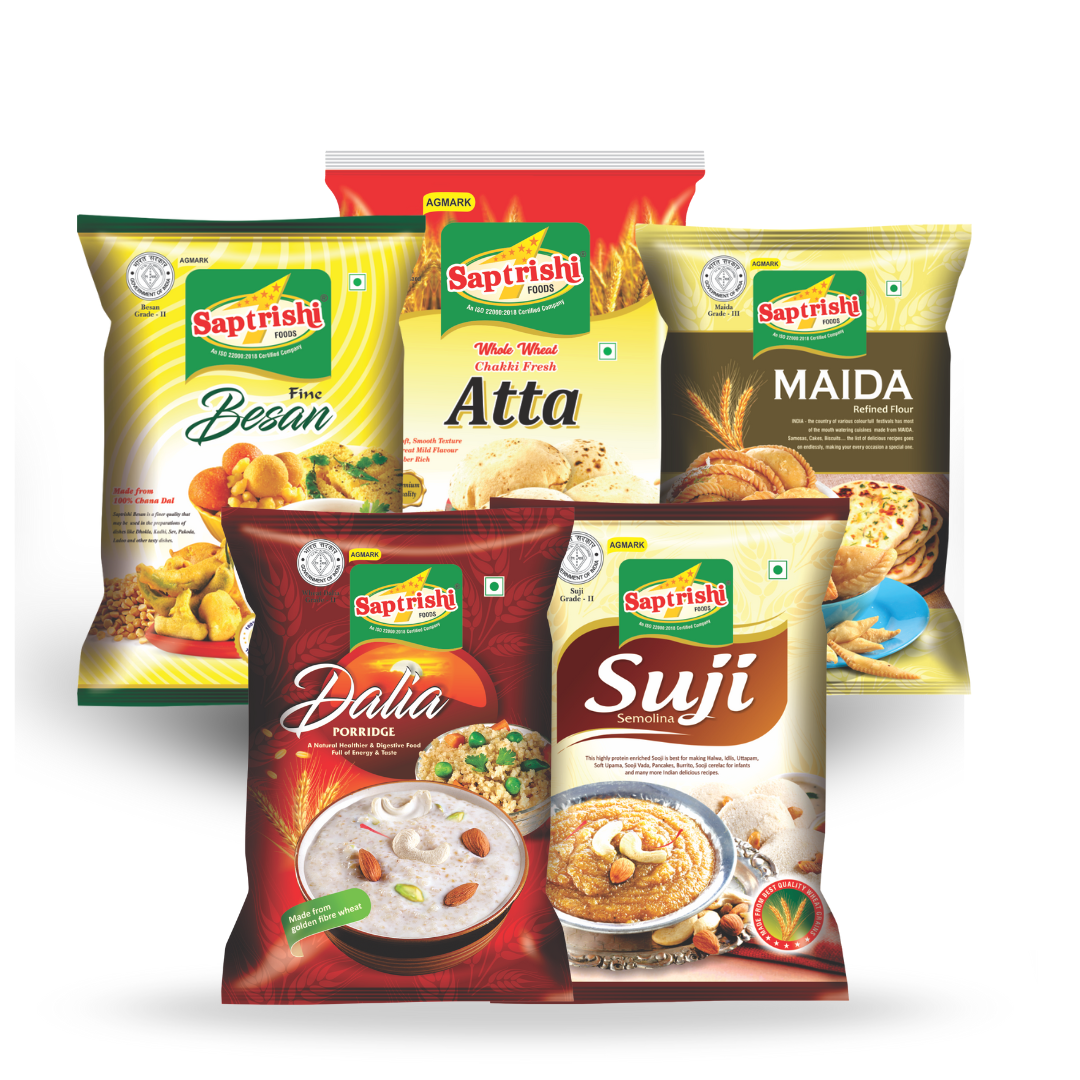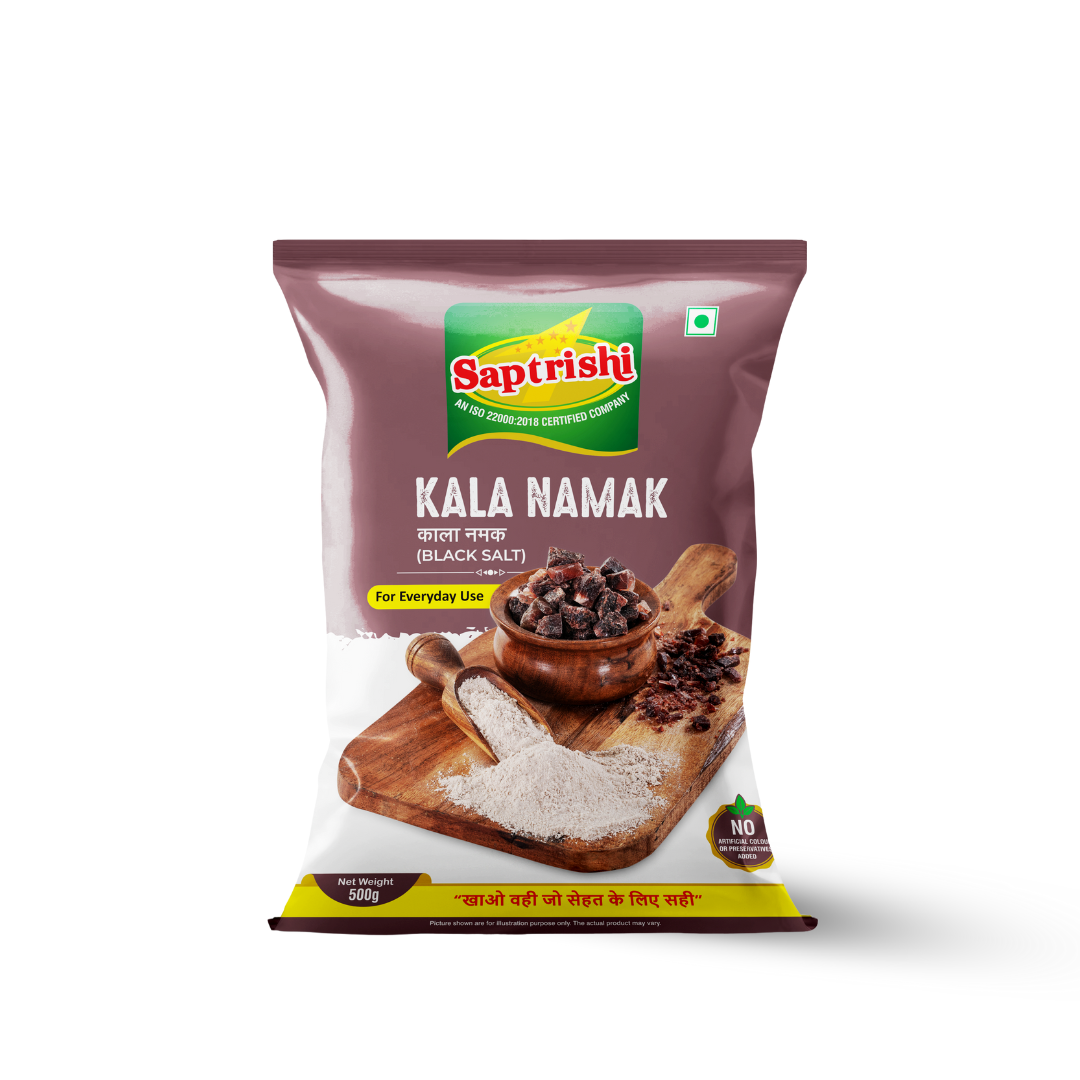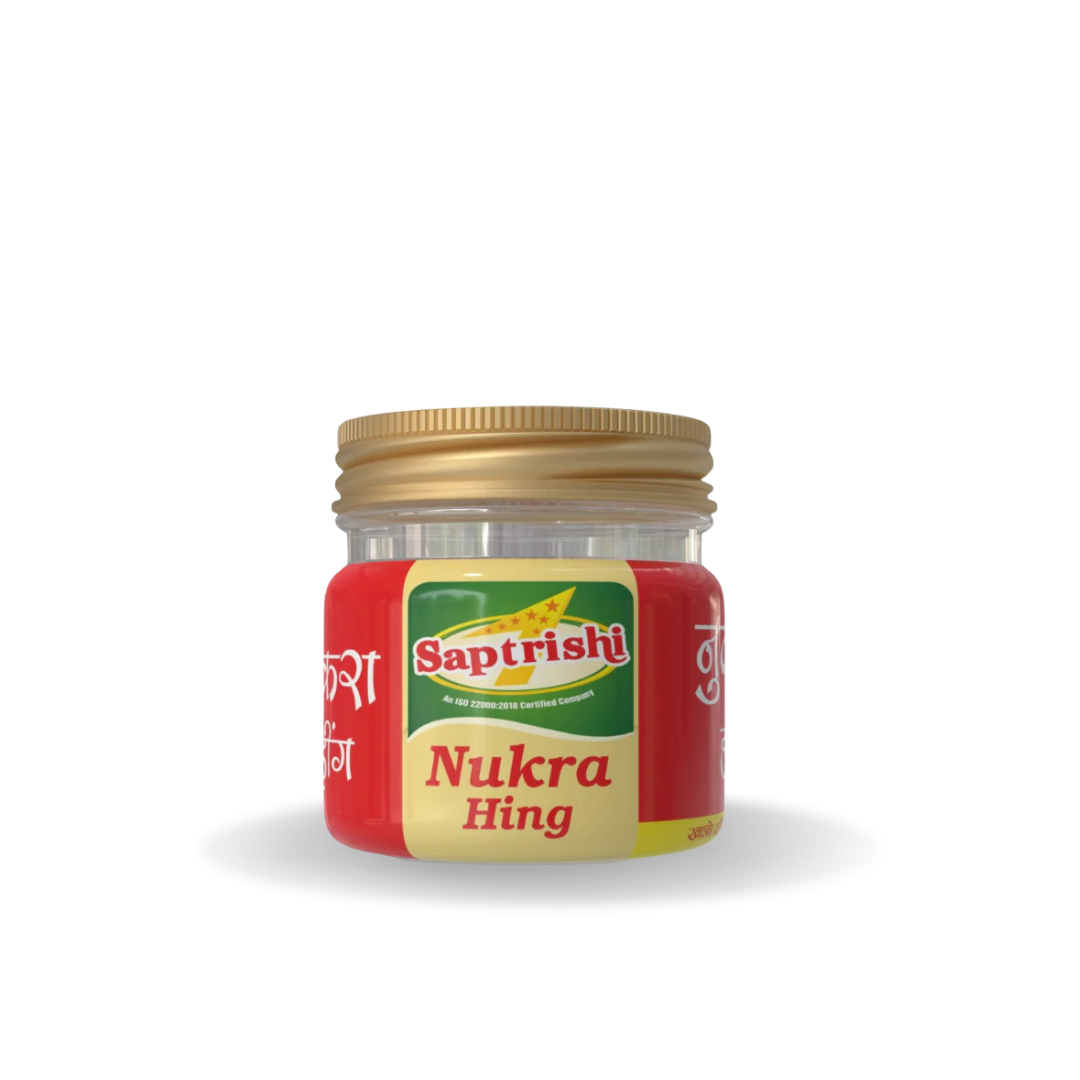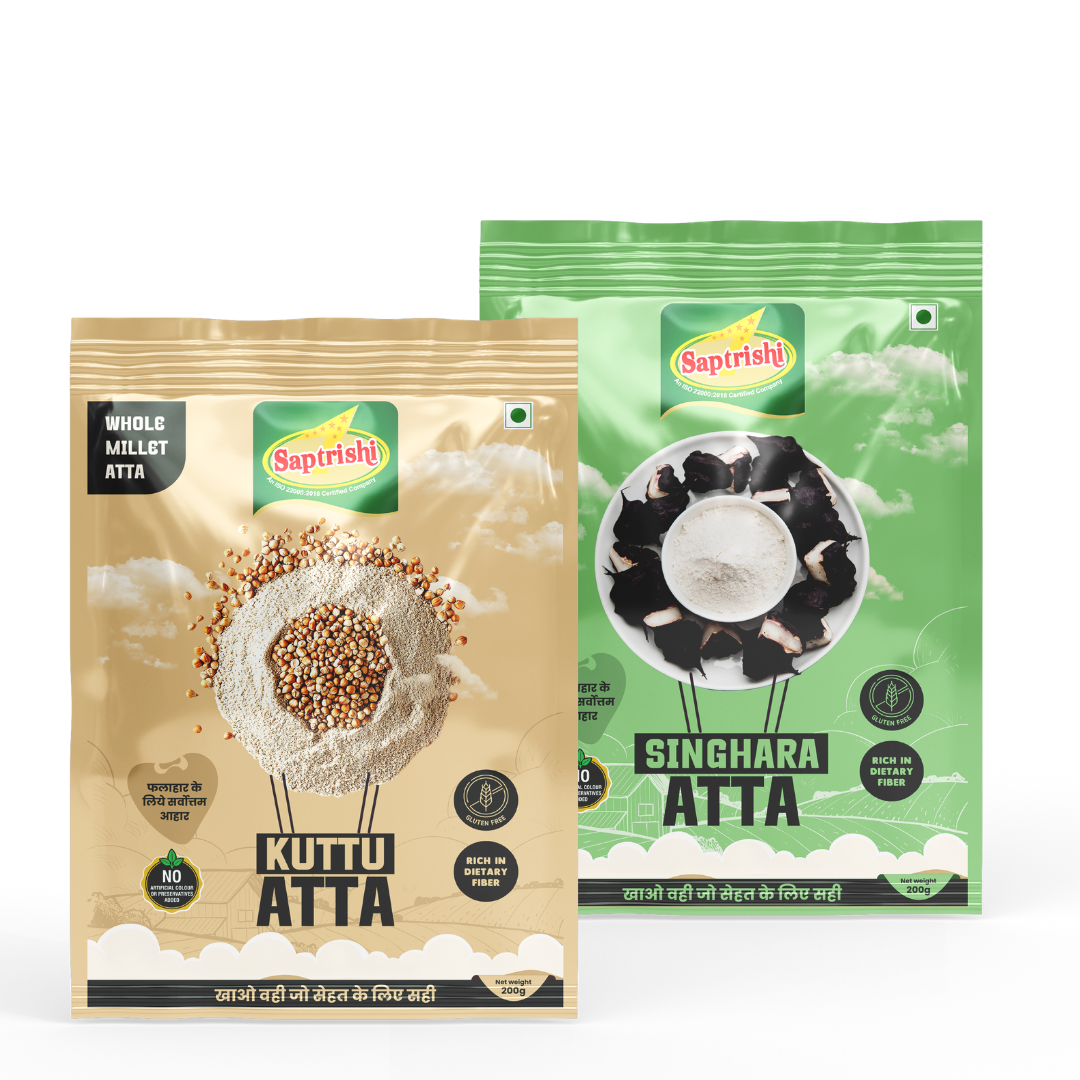Ingredients
Spices That Bring Food to Life
In every Indian kitchen, spices are more than just a means to add flavor — they’re woven into our memories, daily routines, and family traditions. Whether it’s the golden turmeric stirred into warm milk during winter, the earthy cumin seeds sizzling in hot ghee, or the sharp aroma of garam masala rising from a festive biryani, spices define how we cook and connect with our food. However, as the food industry has become more commercialized, the way spices are sourced, processed, and packaged has also changed. Many commercially produced spices are exposed to shortcuts that focus on extending shelf life, rather than preserving the rich essence of the spice itself. The result? Spices that may look vibrant on the shelf but lack the aroma, flavor, and depth we once cherished.
True spice lovers know that it’s not about how red your chili powder looks — it’s about how deeply it tingles your senses. When spices are processed with care, using traditional methods and minimal interference, they retain their natural aroma, flavor oils, and color. These are the characteristics that make your meals feel complete — spices that blend seamlessly with your cooking rather than overwhelming it. They bring warmth, balance, and complexity to your food — not just spice for the sake of spice.
What Makes a Good Spice?
Great spices aren’t defined by fancy packaging or mass appeal — they’re defined by how they perform in your kitchen. The moment you open a spice container, you should be met with a strong, unmistakable aroma. It’s the kind of scent that reminds you of your mother’s kitchen or a childhood meal. That fragrance comes from essential flavor compounds and natural oils within the spice, which only remain intact if the spice has been handled gently and processed with care.
A good spice also has a texture and consistency that feels right. It isn’t coarse or gritty unless intended to be, and it doesn’t clump or carry a strange aftertaste. Many low-quality spice powders in the market are diluted with starches or bulking agents that mute the flavor while increasing the volume. Others may include artificial flavor enhancers or colorings to mimic freshness. In contrast, when spices are slowly ground and packed in small batches, without these unnecessary extras, the resulting flavor is bold, layered, and deeply satisfying. You need less of it — but it does more.
Spice Blends That Reflect Real Flavor
Creating the right balance in a spice blend isn’t easy — it requires knowing how individual spices behave when cooked, how they complement each other, and how their aroma develops over heat. Carefully blended masalas are like ready-made shortcuts to regional authenticity. Here are three popular blends that demonstrate this balance:
Pav Bhaji Masala
A spice blend that captures the energy and flavor of Mumbai’s favorite street food. Featuring a combination of bold spices like dry mango, Kashmiri chili, black salt, and cumin, this masala gives a deep, mouth-watering flavor to mashed vegetables. It also works wonderfully in pulao, wraps, or even as a seasoning for roasted potatoes.
Dal Makhni Masala
Crafted for rich, creamy lentils, this blend features warming spices like cloves, cinnamon, and black cardamom, with subtle hints of smokiness from bay leaf and other aromatics. It’s perfect for slow-simmered dals that need complexity without being overpowering — bringing out the best in the humble urad dal.
Subji Masala
A go-to blend for everyday vegetables, this masala includes turmeric, fennel, cumin, and asafoetida — designed to enhance natural vegetable flavors without masking them. It offers a mild, earthy character that turns even basic stir-fried vegetables into complete, satisfying dishes.
Smart Ways to Store Spices
Even the best spices lose their charm when stored improperly. Spices are sensitive to light, air, moisture, and temperature — all of which can reduce their aroma and effectiveness over time. To protect their flavor:
- Always use airtight containers to prevent air and moisture from seeping in.
- Choose glass or stainless steel jars, which don’t react with the spices.
- Store them in a cool, dark cabinet, away from your stovetop or window.
- Use dry spoons when scooping spices — even a drop of water can cause clumping or spoilage.
- Avoid buying in bulk unless you’re sure you’ll use them regularly. Smaller quantities, refreshed more often, deliver better results.
When you store spices with care, they stay fresher for longer and perform better in every dish.
Make the Switch, One Spice at a Time
Changing the way you cook doesn’t mean throwing out everything at once. Start with the spices you use daily — maybe your turmeric, cumin, or coriander powder. Replace them with versions that have been carefully prepared and are closer to how your grandmother might’ve used them. As you slowly incorporate better spices into your meals, you’ll start to notice changes: your curries become more aromatic, your dals feel more layered, and your sabzis taste like they did when food was made with intention and care. It’s not just about taste — it’s about cooking with confidence and satisfaction.
A Note from Saptrishi
At Saptrishi, we follow time-tested methods to process and prepare our spices and blends. Every masala is crafted in small batches, with attention to detail and the intention to reflect the richness of Indian flavors. We don’t believe in shortcuts — we believe in honoring the ingredients.
If you’re someone who appreciates food that tastes the way it should — bold, layered, and deeply comforting — try our range of Pav Bhaji, Dal Makhni, or Subji Masalas. You’ll feel the difference in your very first bite.
FAQs
Q1: What makes a spice flavorful even in small quantities?
It’s the retention of natural flavor oils and careful processing. When spices are ground slowly and stored well, they remain potent and aromatic — meaning you need less, but get more impact.
Q2: Can I use spice blends creatively outside traditional dishes?
Yes! Try Pav Bhaji Masala in grilled cheese sandwiches, add Subji Masala to stir-fried noodles, or use Dal Makhni Masala in creamy soups and baked beans.
Q3: How long do spices stay fresh after opening?
Ideally, spices should be consumed within 6 to 8 months of opening. They lose their intensity over time, especially when exposed to air or light.
Q4: Why do some spice powders clump or lose color?
That usually happens due to moisture or light exposure. Proper storage using airtight, dry containers prevents this and maintains both color and aroma.
Q5: What if I don’t want to buy too many spice jars at once?
Start small. Buy one or two carefully prepared spice blends and incorporate them into your routine. You’ll notice the results — and naturally want to try more.
